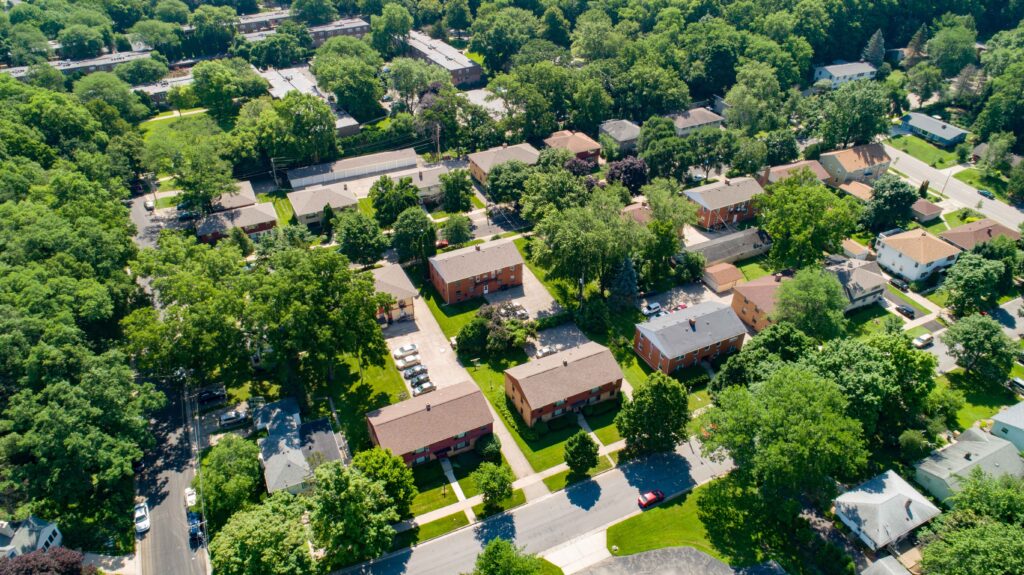 Cities, villages, towns, counties, tribes and 501(c)(3) nonprofit organizations in or conducting their project in Wisconsin are encouraged to apply for a regular or startup 2022 Department of Natural Resources Urban Forestry Grant!
Cities, villages, towns, counties, tribes and 501(c)(3) nonprofit organizations in or conducting their project in Wisconsin are encouraged to apply for a regular or startup 2022 Department of Natural Resources Urban Forestry Grant!
The grants range from $1,000 to $25,000, and grant recipients must match each grant dollar for dollar. A startup grant of up to $5,000 is available for communities that want to start or restart a community forestry program. Grants are awarded to projects that align with state and national goals to increase the urban forest canopy and its benefits.
Continue reading “2022 DNR Urban Forestry Grant Application Now Open”

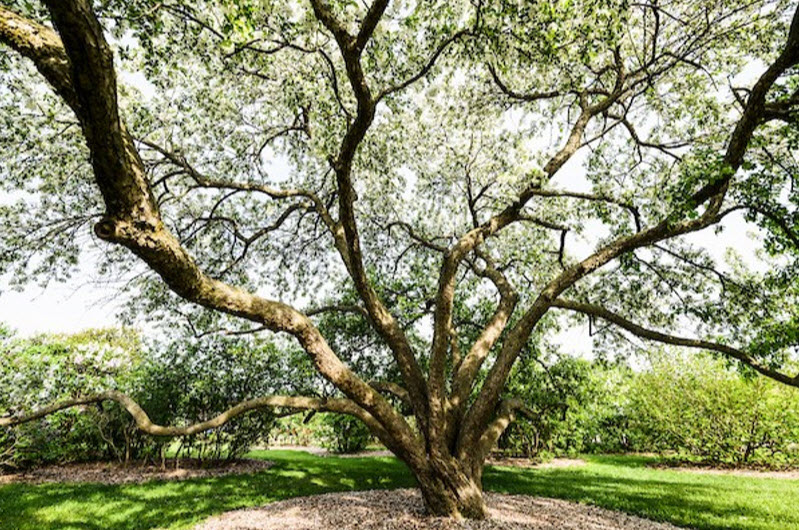 Registration is now open for UW-Madison, Division of Extension’s annual Urban Forestry Workshop, held Aug. 19 and Aug. 24-27.
Registration is now open for UW-Madison, Division of Extension’s annual Urban Forestry Workshop, held Aug. 19 and Aug. 24-27.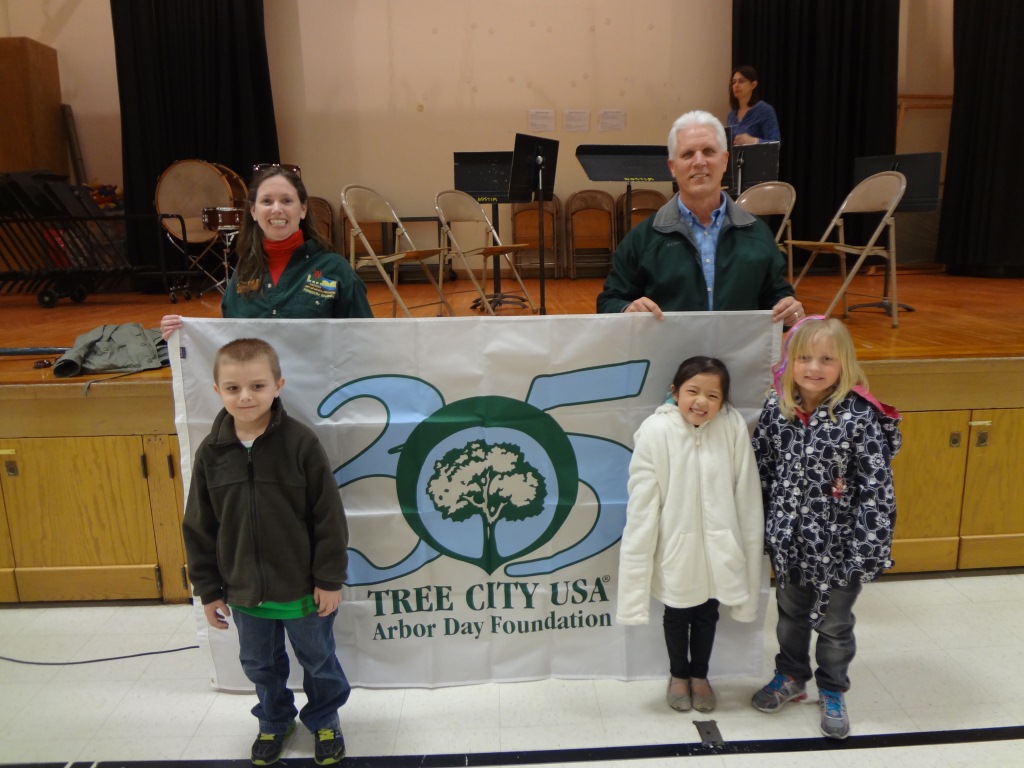 We deeply appreciate the commitment to urban forestry demonstrated by our 2020 Tree City, Tree Campus and Tree Line USA participants. Thank you for your hard work!
We deeply appreciate the commitment to urban forestry demonstrated by our 2020 Tree City, Tree Campus and Tree Line USA participants. Thank you for your hard work!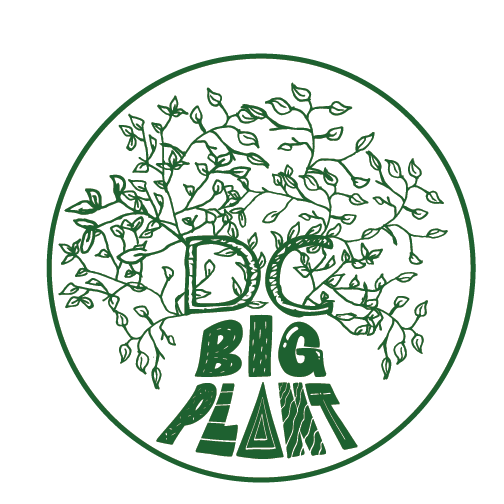 The Climate Change Coalition of Door County is a volunteer organization that, for the past 9 years, has engaged in a variety of activities designed to increase understanding of global warming to inspire concern and action. This spring, the Coalition launched a new program called the Big Plant. It was successful beyond all expectations.
The Climate Change Coalition of Door County is a volunteer organization that, for the past 9 years, has engaged in a variety of activities designed to increase understanding of global warming to inspire concern and action. This spring, the Coalition launched a new program called the Big Plant. It was successful beyond all expectations. The Wisconsin Department of Natural Resources (DNR) Friend of Forestry Recognition program is an opportunity for the Forestry Division to recognize individuals who have worked with us to protect and sustainably manage Wisconsin’s forests.
The Wisconsin Department of Natural Resources (DNR) Friend of Forestry Recognition program is an opportunity for the Forestry Division to recognize individuals who have worked with us to protect and sustainably manage Wisconsin’s forests.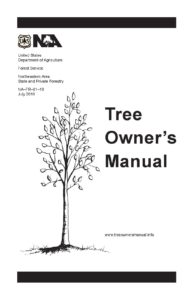 The latest version of the USDA Forest Service’s Tree Owner’s Manual is now available online
The latest version of the USDA Forest Service’s Tree Owner’s Manual is now available online 